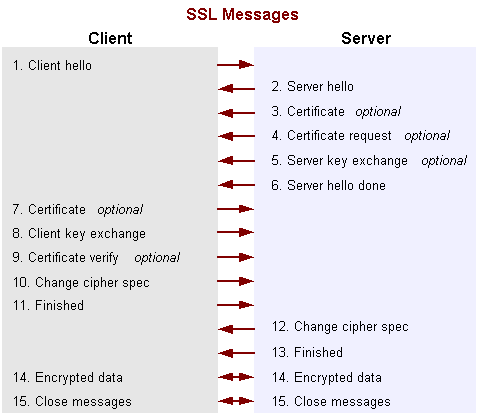After I left 8z, I contracted for about a year and a half. It was great fun, moving between projects, meeting a lot of new developers, and learned a lot of new things. I worked on evaluating software products and processes, supporting machine learning systems, large workflow engines, and, most recently, backend systems to stop distracted driving (they’re hiring, btw).
But I saw an email from Angellist early this year about a company looking to build a marketplace for kitchen space. (Aside: if you are interested in the labor market for startup professions, Angellist emails are great–they not only give you the company name and job description, but also typically include equity and salary–very useful information.) I replied, the conversation started, and I did some research on the company. They were pre-revenue, but the founder had been grinding it out for months and had an extensive background in the industry. Was clear they weren’t a fly by night, “we just had an idea for an app and need someone to build it” operation.
After discussions, interviews and reference checks, it became clear that this was a fantastic opportunity to join an early stage startup as a technical co-founder. So, I’m thrilled to announce that I have joined The Food Corridor as CTO/Co-Founder.
Why does this opportunity excite me so?
- By increasing visibility and availability of shared kitchen space, it can grow the local food system, especially value add producers, across the country
- There’s a real need for some innovative software and process solutions that we can solve
- The founding team has the diverse set of skills needed to run a great company
- I am looking forward to learning about the business side of a software company
- It’s right at the intersection of two of my passions–food and technology
If you are interested in following along with the TFC journey, there’s a monthly newsletter that will be focused on shared kitchen topics.
As far as the blog, I expect to be heads down and building product, but will occasionally pop up and post.
Here’s to new adventures!

